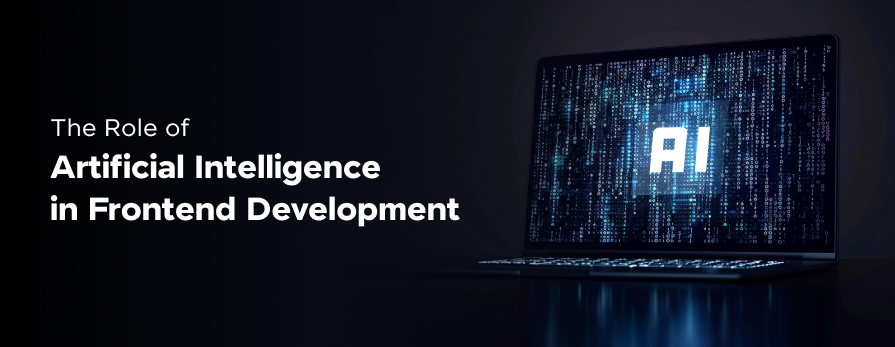
The Role of Artificial Intelligence in Frontend Development
Apr 27, 2024 5 Min Read 347 Views
(Last Updated)
As AI integrates more deeply into web design and user interface creation, it’s reshaping tasks from automating designs to personalizing user experiences. This blog post explains the various ways AI tools are enhancing the efficiency and creativity of front-end development.
We will learn how AI is not just streamlining the development process but also fundamentally changing the way we interact with the digital world.
Table of contents
- What is Artificial Intelligence?
- The Role of Artificial Intelligence in Frontend Development
- Automated Design
- Personalization and User Experience
- Predictive User Interfaces
- Code Generation and Optimization
- Accessibility
- Testing and Quality Assurance
- Voice-Enabled Interfaces
- The Future of AI in Frontend Development
- Seamless Design Integration
- Advanced Personalization Engines
- Autonomous Code Optimization
- Proactive Testing and Maintenance
- Enhanced Voice and Multimodal Interactions
- Real-time User Assistance
- Ethical AI and Bias Mitigation
- Cross-platform and Device Synchronization
- Augmented and Virtual Reality Interfaces
- Conclusion
- FAQs
- How does AI contribute to the design process in front-end development?
- Can AI replace front-end developers?
- What are the potential risks of using AI in front-end development?
What is Artificial Intelligence?
Artificial Intelligence (AI) refers to the simulation of human intelligence in machines that are programmed to think like humans and mimic their actions. The term may also be applied to any machine that exhibits traits associated with a human mind such as learning and problem-solving. AI systems are capable of handling tasks that typically require human intelligence, such as visual perception, speech recognition, decision-making, and language translation.
AI technology is typically classified into three categories:
- Narrow AI: Also known as Weak AI, this type of AI is designed to perform a narrow task (e.g., only facial recognition or only internet searches or only driving a car). Most AI systems in use today are forms of Narrow AI, which perform well under constrained circumstances but are not capable of general intelligence.
- General AI: Also known as Strong AI, this type of AI will outperform humans at nearly every cognitive task. It is still a largely theoretical concept without practical examples as of yet.
- Superintelligent AI: A form of AI that surpasses human intelligence across a broad range of areas. This type of AI is also still theoretical and would not only replicate but significantly surpass human capabilities.
Also Explore: AI Video Revolution: How the Internet is Forever Changed [2024]
AI technology uses a variety of approaches, including machine learning (ML) and deep learning, which allow the machine to improve over time based on experience. These systems can be trained through exposure to large amounts of data, enabling them to learn and make decisions independently. AI is now integral to many different sectors, offering new capabilities and improving efficiency across business, science, industry, and personal applications.
Ready to transform your career with cutting-edge skills? Join GUVI’s Full Stack Development Course and master the latest technologies. Enroll now!

After understanding the basics of artificial intelligence, let’s explore its specific application in frontend development, highlighting how it’s transforming the way we create and interact with digital interfaces.
The Role of Artificial Intelligence in Frontend Development
Artificial Intelligence (AI) is increasingly playing an important role in frontend development, transforming how developers create, test, and deliver web and mobile interfaces. Here are some key ways AI impacts frontend development:
1. Automated Design
AI-driven design tools can automate repetitive and time-consuming tasks that traditionally require significant human effort. For instance, AI can generate design elements like layouts, color schemes, and even code components based on predefined parameters. Tools like Adobe’s Sensei use AI to help designers by providing design recommendations and automation that speed up the creation process.
Features
- Automated layout generation: Quickly creates web page layouts based on best UX practices.
- Color scheme selection: AI suggests color combinations based on the latest trends and accessibility standards.
- Component design: Generates UI components like buttons and cards automatically.
- Responsive design automation: Adjusts designs to fit various screen sizes and devices seamlessly.


2. Personalization and User Experience
AI excels in personalizing user experiences. By analyzing user data such as past behavior, location, and device type, AI algorithms can dynamically adjust the frontend interface to better suit individual user needs. This capability is important in improving user engagement and satisfaction, allowing for interfaces that adapt in real time to provide the most relevant content and user experience.
Features
- Dynamic content display: Changes content based on user preferences and past interactions.
- Adaptive interfaces: Modifies the UI based on the user’s device, location, and other contextual factors.
- Behavioral predictions: Anticipates user actions to streamline tasks and processes.

Also Read: The Role of AI in Predictive User Interface Design
3. Predictive User Interfaces
Predictive UIs use AI to predict user actions and streamline user flows. AI can foresee user needs based on their interaction patterns, significantly enhancing the user interface’s intuitiveness. This not only reduces user effort but also accelerates the journey through an application, making it more efficient and user-friendly.
Features
- Anticipative actions: Offers features and options based on the predicted needs of the user.
- Streamlined user flows: Simplifies navigation based on the user’s likely pathways through an application.
- Enhanced interaction prompts: Provide timely and relevant prompts to facilitate user interactions.

4. Code Generation and Optimization
AI can also assist in generating and optimizing code, which can reduce bugs and improve performance. Tools like GitHub Copilot offer AI-powered coding assistance, suggesting code snippets and entire functions based on the context of the existing code. This helps developers write more efficient and error-free code faster.
Features
- Automated code suggestions: Offers real-time code snippets based on common patterns and best practices.
- Code refactoring: Helps in optimizing existing code to improve performance and maintainability.
- Error detection and correction: Identifies and suggests fixes for bugs in the codebase.

Also Read: Innovate or Stagnate: Comprehensive Generative AI Terms For Enthusiasts
5. Accessibility
AI can enhance the accessibility of web applications by automatically adjusting text sizes, colors, and contrasts to meet accessibility standards or user preferences. Additionally, AI can be used to generate descriptive text for images and videos, helping visually impaired users understand content better.
Features
- Automatic contrast adjustment: Ensures text visibility for users with visual impairments.
- Text size modification: Adjusts text sizes dynamically to enhance readability.
- Alt text generation for media: Automatically generates descriptive captions for images and videos.
6. Testing and Quality Assurance
AI-powered testing tools can automate the testing of web applications, identifying visual regressions and functional issues faster than human testers. By using AI to mimic user interactions on a website or application, developers can identify and resolve potential issues before they affect the user experience.
Features
- Automated test case generation: Creates test scenarios based on user behavior and application data.
- Visual regression testing: Detects and reports changes that affect the visual layout and elements.
- Performance testing: Monitors and optimizes the speed and responsiveness of the application.
7. Voice-Enabled Interfaces
With the rise of voice-activated technologies, AI is instrumental in integrating voice recognition capabilities into front-end applications. This allows users to interact with web and mobile apps through voice commands, enhancing accessibility and user experience.
Features
- Voice command integration: Allows users to control the application through spoken commands.
- Speech-to-text capabilities: Converts spoken language into written text within the application.
- Interactive voice response (IVR) systems: Engages users with voice-driven menu options and actions.
The integration of AI into front-end development is streamlining the design-to-deployment pipeline, enhancing user experiences, and opening new avenues for innovation in web development. As AI technology evolves, its role in front-end development is set to grow, promising even more sophisticated tools and techniques for developers to use.
Also Read: 7 Benefits of AI-Powered Learning Environments

Having discussed the role of AI in frontend development, let’s now explore its promising future and the transformative potential it holds in this rapidly evolving field.
The Future of AI in Frontend Development
The future of AI in frontend development looks promising and is poised to further transform the landscape in significant ways. As technology evolves, AI is expected to become more integrated into various aspects of web design and development, leading to even more sophisticated and intuitive user experiences. Here’s what to expect in the future of AI in frontend development:
1. Seamless Design Integration
AI will likely become more adept at understanding and implementing design principles automatically. This means tools that can generate not just functional but aesthetically pleasing designs that adapt to the specific branding and stylistic preferences of a project without human intervention.
Must Read: Brainstorming in Design Thinking – A Complete Guide
2. Advanced Personalization Engines
Expect AI to drive even more personalized web experiences. By using data from various sources, AI can create highly individualized content and interfaces tailored to the needs, preferences, and behaviors of each user. This could extend beyond visual adjustments to include personalized user pathways and dynamically adjusting functionalities.
3. Autonomous Code Optimization
AI will enhance its capabilities in reading, writing, and optimizing code. Future AI systems could autonomously update and refactor code to improve performance and security, reducing the need for human oversight and speeding up the development cycle.
Also Find Out 6 Best AI Tools for Coding
4. Proactive Testing and Maintenance
AI tools will not only be able to detect and fix bugs but also predict and prevent potential failures before they occur. This predictive maintenance can help in reducing downtime and improving the reliability of web applications.
5. Enhanced Voice and Multimodal Interactions
As voice interfaces become more common, AI will be important in developing more sophisticated voice interaction models that are context-aware and capable of handling complex user demands. Moreover, AI will help integrate multiple modes of interaction (like touch, voice, and gestures) into a seamless user experience.
Also Read: Top 6 Programming Languages For AI Development
6. Real-time User Assistance
AI could evolve to include real-time, in-context user support systems. These systems would not only provide help or guidance when users encounter problems but also offer suggestions and optimizations during their interaction with the web application.
7. Ethical AI and Bias Mitigation
As AI takes on a larger role in front-end development, there will be an increased focus on developing ethical AI systems that mitigate bias in decision-making processes. This will be important in ensuring that AI-powered applications are fair and equitable for all users.
8. Cross-platform and Device Synchronization
AI could drive the development of interfaces that automatically adapt and synchronize across various devices and platforms, providing a consistent user experience whether accessed from a mobile device, desktop, or any other IoT device.
9. Augmented and Virtual Reality Interfaces
With the rise of AR and VR, AI is expected to play an important role in creating immersive web experiences that are intelligent and responsive to user interactions in a three-dimensional space.
Know More: Virtual Reality vs Augmented Reality: Important Things To Know [2024]
As AI technology continues to grow, its integration with front-end development will likely become more profound, leading to groundbreaking changes in how websites and applications are designed, built, and maintained. The future of AI in this field promises not only to enhance the capabilities of developers but also to redefine the very nature of user interfaces.
Conclusion
As AI becomes more embedded in front-end development, it’s important to maintain a careful balance between human creativity and AI assistance. While AI can enhance efficiency and accuracy, the unique insight, contextual understanding, and creative intuition of human developers remain irreplaceable. AI should be seen as a tool that augments human abilities rather than replacing them.
Emphasizing collaboration between human intelligence and artificial intelligence will be key to utilizing the best of both, ensuring that technology enhances creativity rather than constrains it. This balanced approach will lead to innovative, user-centered designs that are both technically sound and creatively fulfilling.
Also Explore: Top 13 Product-Based Companies for AI Freshers
FAQs
How does AI contribute to the design process in front-end development?
AI significantly contributes to the design process by automating repetitive tasks such as creating layouts, selecting color schemes, and generating UI components.
AI-driven tools can also provide suggestions based on current design trends and best practices, which speeds up the design process and helps ensure that the final product is both visually appealing and user-friendly.
Can AI replace front-end developers?
While AI can automate certain aspects of front-end development, such as code generation and testing, it is not capable of completely replacing front-end developers.
AI tools are designed to augment the capabilities of human developers by handling mundane tasks, which allows developers to focus on more complex and creative aspects of their projects.

What are the potential risks of using AI in front-end development?
One of the main risks of using AI in front-end development is the over-reliance on automated tools, which can lead to a lack of innovation and creativity if not monitored carefully.
Additionally, AI systems are only as good as the data they are trained on, which means they can inherit biases if the training data is not diverse or representative.




























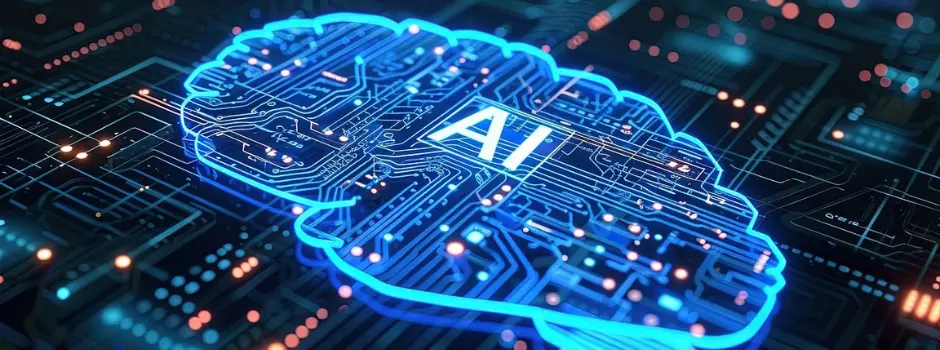

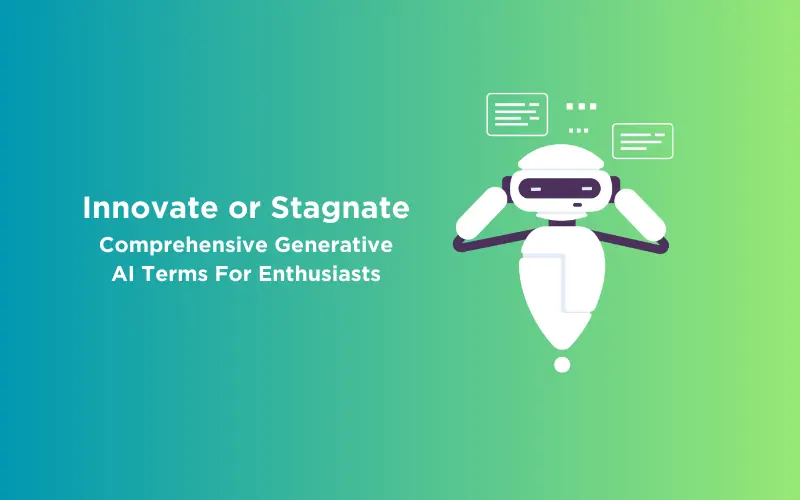
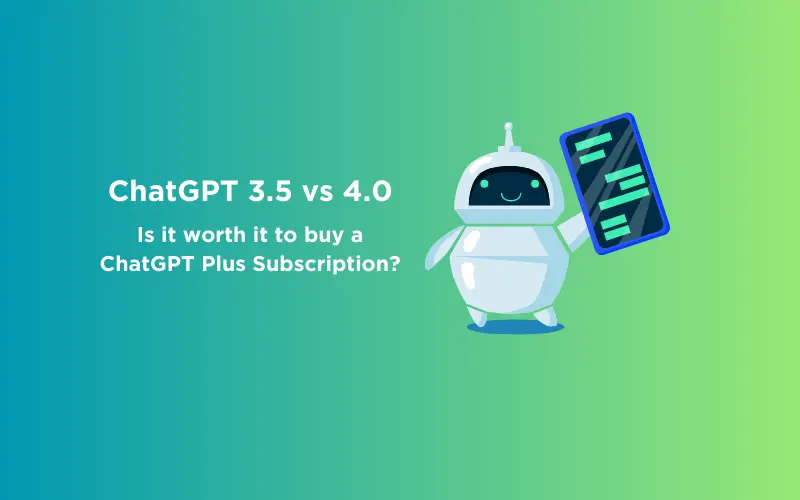
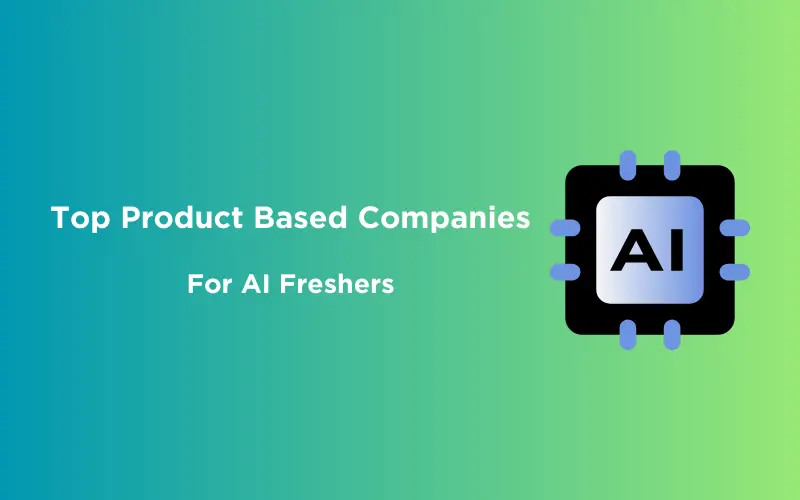
Did you enjoy this article?